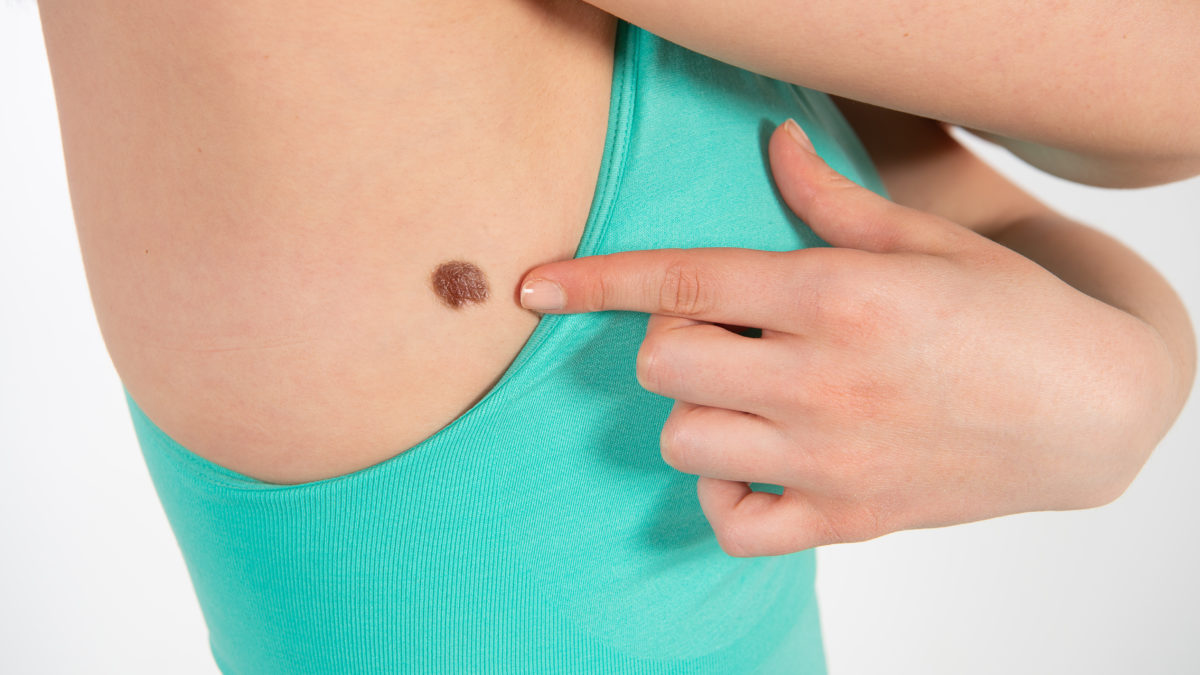Skin cancer is the most common type of cancer. It strikes one in five Americans and accounts for one-third of all U.S. cancer diagnoses. But, skin cancer is “cancer that patients can see,” and when detected early, it’s highly treatable.
Professional and Self-Screenings
That’s why many physicians and organizations like the Skin Cancer Foundation recommend patients get scans from their dermatologist every year and self-screen once a month. This February, during National Cancer Prevention Month, patients have numerous resources to help them pick up the habit.
Skin-Cancer Detection Resources
This American Cancer Society how-to guide offers self-screeners step-by-step instructions on how to do it. This gallery of skin cancer images can help patients identify suspicious shapes, using the American Academy of Dermatology’s ABCDE method of assessing skin spots’ Asymmetry, Border, Color, Diameter and Evolving characteristics. Self-screeners can also use this infographic to map their body moles, to more easily identify new discolorations if they emerge.
And today, it’s increasingly likely that they will.
A Growing Problem
Total skin cancer diagnoses leaped 77% between 1994 and 2010. Diagnoses of the most dangerous type – melanoma – increased 17-fold between 1950 and 2007. And even in the last decade, skin cancer diagnoses have jumped another 27%. The more exposure people have to the sun’s ultraviolet rays – especially as children – the more these numbers will continue to rise.
And the more important early detection will become. Skin cancer survival rates speak for themselves. Patients diagnosed with localized melanoma – before it spreads – have a five-year survival rate of 99%. With more developed, “regional” skin cancers that have started to spread to the lymph nodes, the survival rate falls to 68%. For “distant” melanomas that have spread through the lymph nodes and to other organs, the survival rate drops to just 30%.
Life-Saving Habits
As always, an ounce of prevention is worth a pound of cure. That’s why dermatologists strongly recommend sunscreen to protect the skin from UV radiation, and why so many emphasize frequent self-examinations and annual professional scans.
National Cancer Prevention Month – fortuitously February, when most Americans’ exposure to the sun is at its low point – is the perfect time to learn the skills and develop the habits needed to keep skin cancers at bay.
